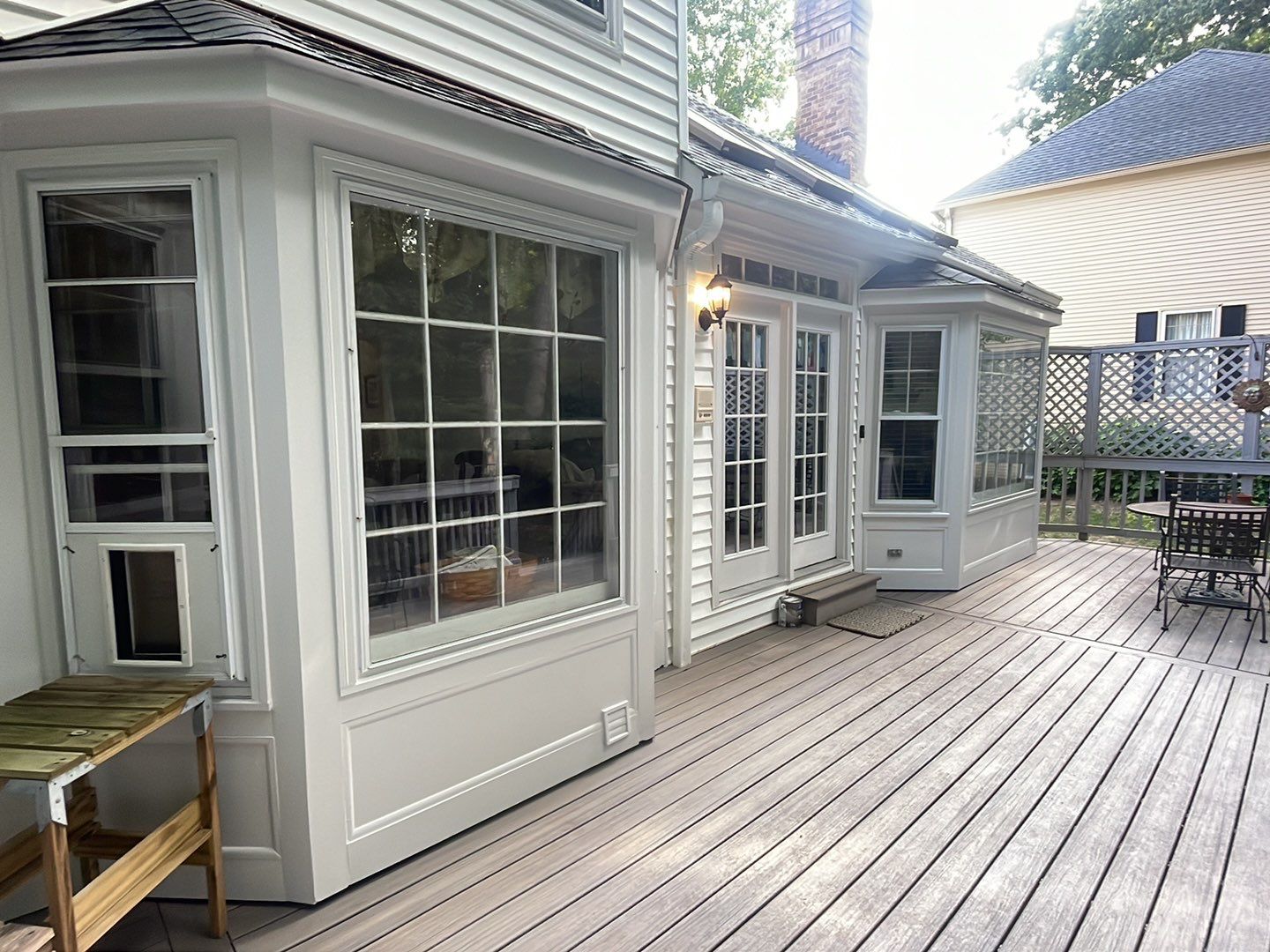Drywall is found in most homes and commercial buildings. It might not be the sturdiest material, but it’s relatively inexpensive, fireproof, and effective at separating rooms. And while drywall isn’t much to look at on its own, it’s the perfect canvas for painting services to introduce some color and/or texture to an interior.
But what happens if your drywall begins to look different than it once did? Perhaps your paint job is fading, or maybe you’ve changed the room’s lighting. However, drywall discoloration might point to deeper problems that warrant a fast response. In some cases, drywall repair or replacement might be necessary. Let’s dive into three factors that can lead to discolored drywall.
Moisture Is Often the Root Cause
Water might be necessary for life, but it can devastate many features in your home or business, including your drywall. Without proper piping, insulation, and ventilation in place, moisture from outside can quickly gain entry and deteriorate your walls, floors, and ceilings from the inside out.
As you probably know from experience, water darkens the appearance of things (think about how your clothes look when taking them out of the washer vs. how they look when dried). An isolated splash of water will only temporarily darken a portion of your drywall. However, prolonged exposure to moisture can more severely alter the appearance of your walls. Additionally, mold and mildew thrive in damp environments and can form on a water-damaged wall. If your drywall has patches of gray, black, brown, and/or green, you might have a mold problem.
Beyond coloration concerns, enough moisture build-up can warp your drywall to the point of fracturing it and threatening your property’s structural integrity. Therefore, it’s imperative to address any leaks as quickly as possible before repairing your drywall and hiring interior painting services.
Dirt, Dust, and Other Particles
While water and subsequent mold can alter your walls’ coloration on their own, dry particles can do the job, too. In fact, if your home or business has a problem keeping moisture out, dust, dirt, bacteria, and other unwanted actors can more easily accumulate and cling to your walls and other surfaces. Damp objects attract dry particles, after all, as you might know from cleaning up crumbs with a wet cloth.
As more of these particles stick to your drywall, you may start to notice that some areas boast a different hue than others. Cleaning your walls regularly can help mitigate this form of discoloration.
Air Temperature Plays a Part, Too
As it turns out, your efforts to control the internal temperature of your space can also contribute to drywall discoloration. Fluctuations in temperature move air around (think about the wind that results from the movement of cold and warm fronts but on a much smaller scale). As the air travels, it takes particles like the ones mentioned above with it. Temperature differences throughout your property, then, can result in instances of drywall discoloration.
Combining These Forces
Ultimately, it’s the combination of these three above forces (moisture, particles, and temperature/airflow) that lead to discolored drywall and other surfaces inside your building. Changes in temperature cause dirt and dust to circulate and eventually stick to the dampest areas. The accumulation of these particles, along with damage from the water itself, can gradually change the appearance of your drywall.
What to Do If Your Drywall Is Discolored
If your drywall shows signs of discoloration, your response should be informed by the root cause of the problem. So, it’s important to have someone professionally inspect the drywall and deliver a proper diagnosis. If moisture buildup is the problem, you may need to invest in repairs and maintenance such as fixing pipes, installing new insulation, or cleaning your vents, etc. Without fixing the real issue, you’re bound to experience further discoloration, even if you hire commercial or home painters to cover it up in the meantime.
In some cases, some deep cleaning and home painting might be all that’s required to undo drywall discoloration and start fresh. Whatever the case, though, when it comes to evaluating, repairing, and painting your drywall, work with a company that can handle every part of the process and deliver the best results.
At All American Painting Plus, painting only scratches the surface of our expertise. To learn more about us and everything we do for our clients in Northern Virginia, give us a call at (703) 620-5563!











